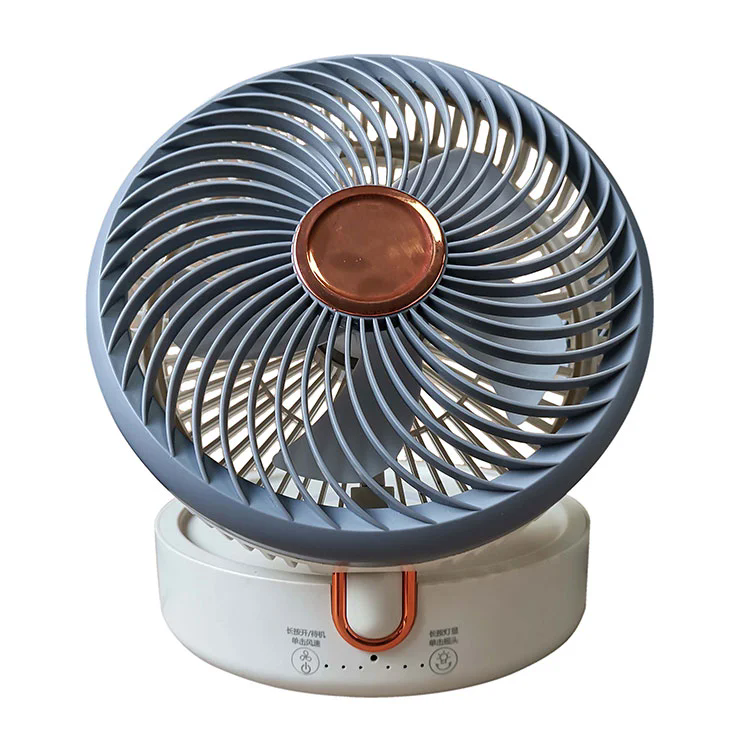Fans: The Essential Solution for Air Circulation and Comfort
2025-06-20
Fans are among the most common and versatile devices used worldwide to improve air circulation, enhance comfort, and regulate temperature in homes, offices, and industrial settings. Whether cooling a room on a hot day, ventilating a workspace, or supporting critical machinery, fans play an indispensable role in daily life and industry.

What is a Fan?
A fan is a mechanical device that moves air by rotating blades or impellers, creating airflow. Fans come in various sizes and designs, from small personal desk fans to large industrial exhaust fans, but their primary purpose remains consistent: to circulate air effectively.
Types of Fans
1. Ceiling Fans
Widely used in homes and commercial spaces, ceiling fans provide gentle airflow to cool people by enhancing the evaporation of sweat. They are energy-efficient alternatives to air conditioning for moderate climates.
2. Table and Pedestal Fans
Portable and adjustable, these fans are ideal for localized cooling. Table fans suit personal use, while pedestal fans can cover larger areas and offer adjustable heights.
3. Exhaust Fans
Installed in kitchens, bathrooms, and factories, exhaust fans remove stale air, smoke, odors, and excess moisture, improving indoor air quality and safety.
4. Industrial Fans
Designed for heavy-duty ventilation, industrial fans handle large volumes of air in manufacturing plants, warehouses, and cooling towers. Types include axial fans, centrifugal fans, and blower fans.
5. Computer Fans
Small but vital, computer fans cool internal components, preventing overheating and maintaining optimal performance.
Benefits of Using Fans
Improved Air Circulation
Fans prevent stagnant air, reducing humidity and improving overall comfort.
Energy Efficiency
Compared to air conditioning, fans consume less power, offering an economical cooling solution.
Versatility
Fans are suitable for various environments, from personal spaces to large industrial areas.
Health and Safety
Proper ventilation reduces pollutants, allergens, and airborne contaminants.
Choosing the Right Fan
When selecting a fan, consider factors such as:
Purpose and location (indoor vs. outdoor, personal use vs. industrial)
Airflow capacity (measured in cubic feet per minute, CFM)
Noise level
Energy consumption
Size and portability
Additional features like oscillation, speed settings, and remote control
Conclusion
Fans remain an essential part of modern life and industry, providing simple yet effective solutions for air circulation and temperature control. From keeping homes comfortable to supporting critical industrial processes, fans offer flexibility, efficiency, and reliability. Whether you need a gentle breeze or powerful ventilation, choosing the right fan can make all the difference in creating a healthier, more comfortable environment.


